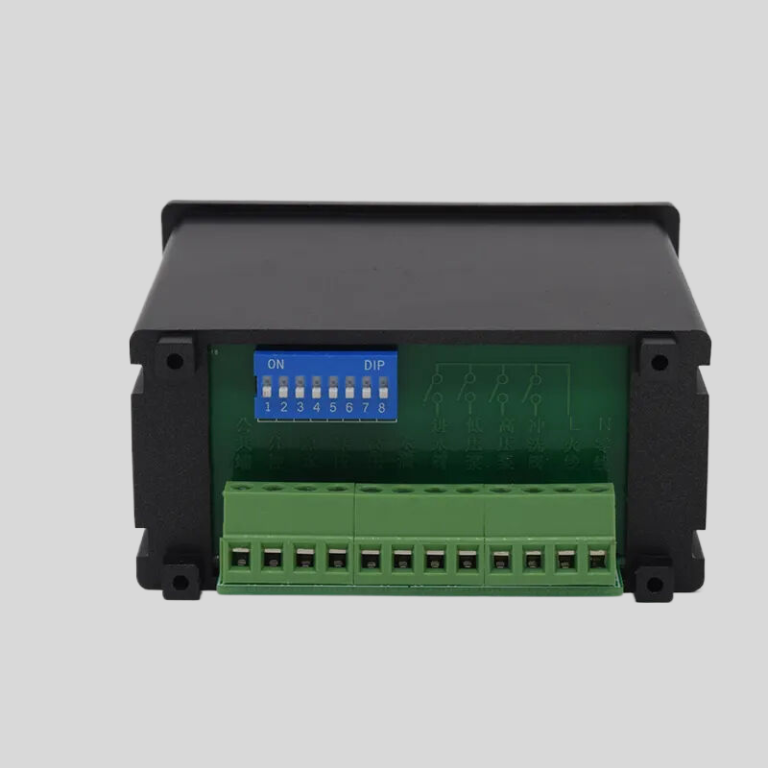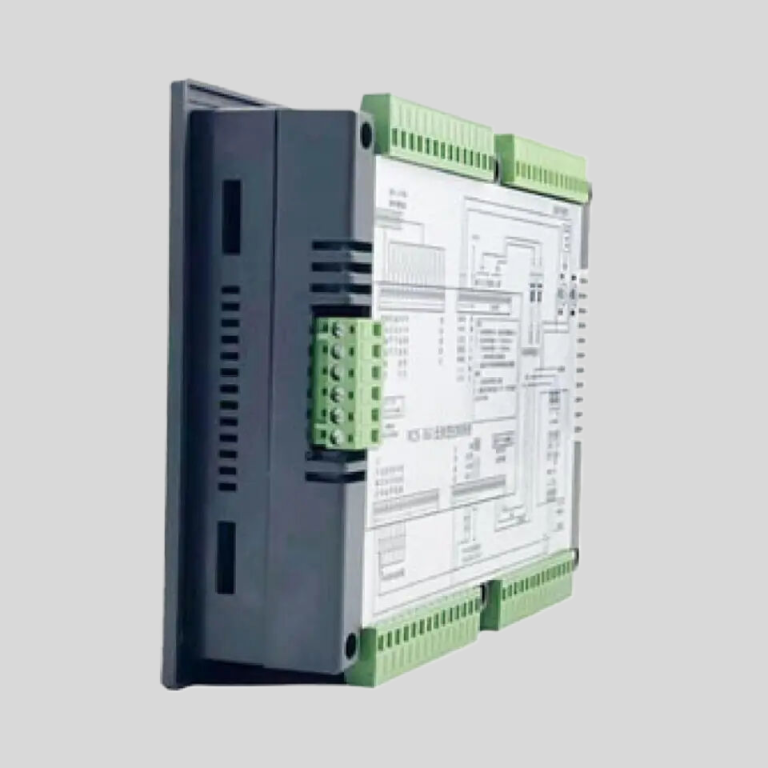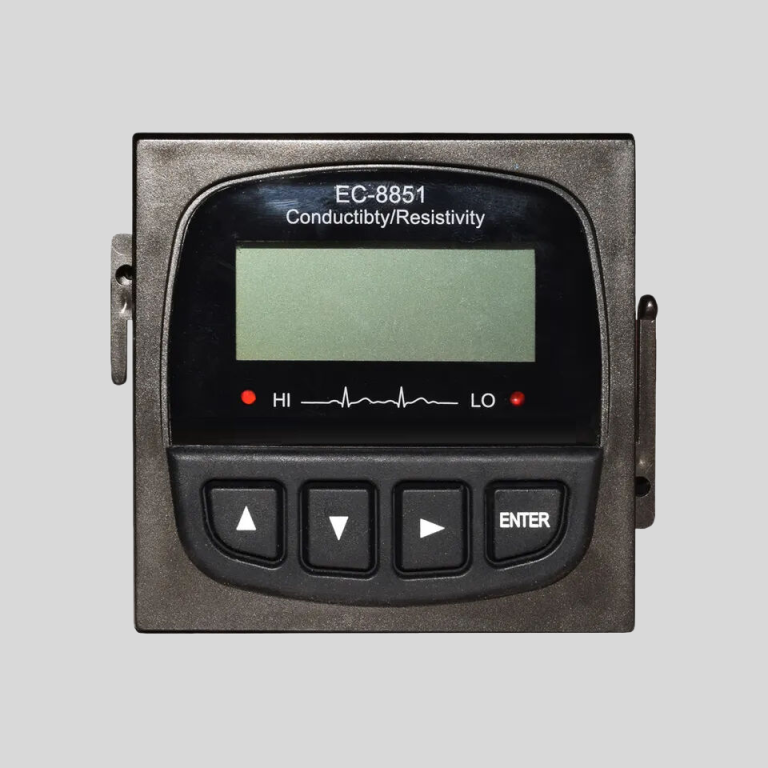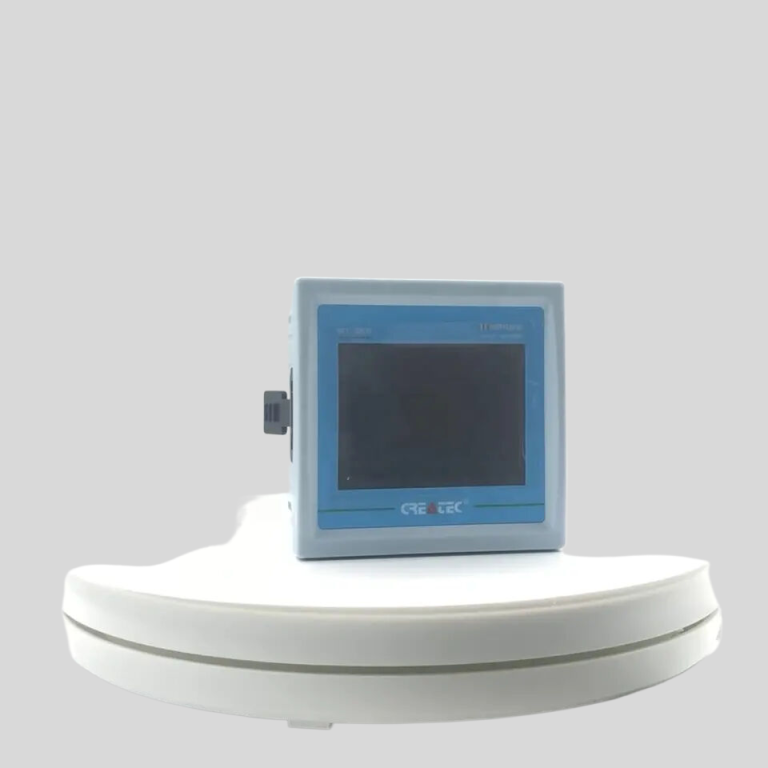Understanding the Basics of Potentiometric pH Sensors
Potentiometric pH sensors are widely used in various industries and research fields to measure the acidity or alkalinity of a solution. These sensors work based on the principle of measuring the voltage difference between a reference electrode and a sensing electrode, which changes with the pH of the solution. Understanding the basics of potentiometric pH sensors is essential for ensuring accurate and reliable pH measurements.
One of the key components of a potentiometric ph sensor is the sensing electrode, which is typically made of a glass membrane that is sensitive to hydrogen ions. When the glass membrane comes into contact with a solution, it generates a potential difference that is proportional to the pH of the solution. This potential difference is then measured by a reference electrode, which provides a stable reference point for the measurement.
| ROS-8600 RO Program Control HMI Platform | ||
| Model | ROS-8600 Single Stage | ROS-8600 Double Stage |
| Measuring range | Source water0~2000uS/cm | Source water0~2000uS/cm |
| \u3000 | First level effluent 0~200uS/cm | First level effluent 0~200uS/cm |
| \u3000 | secondary effluent 0~20uS/cm | secondary effluent 0~20uS/cm |
| Pressure sensor(optional) | Membrane pre/post pressure | Primary/ secondary membrane front/rear pressure |
| ph sensor(optional) | —- | 0~14.00pH |
| Signal collection | 1.Raw water low pressure | 1.Raw water low pressure |
| \u3000 | 2.Primary booster pump inlet low pressure | 2.Primary booster pump inlet low pressure |
| \u3000 | 3.Primary booster pump outlet high pressure | 3.Primary booster pump outlet high pressure |
| \u3000 | 4.High liquid level of Level 1 tank | 4.High liquid level of Level 1 tank |
| \u3000 | 5.Low liquid level of Level 1 tank | 5.Low liquid level of Level 1 tank |
| \u3000 | 6.Preprocessing signal\u00a0 | 6.2nd booster pump outlet high pressure |
| \u3000 | 7.Input standby ports x2 | 7.High liquid level of Level 2 tank |
| \u3000 | \u3000 | 8.Low liquid level of Level 2 tank |
| \u3000 | \u3000 | 9.Preprocessing signal |
| \u3000 | \u3000 | 10.Input standby ports x2 |
| Output control | 1.Water inlet valve | 1.Water inlet valve |
| \u3000 | 2.Source water pump | 2.Source water pump |
| \u3000 | 3.Primary booster pump | 3.Primary booster pump |
| \u3000 | 4.Primary flush valve | 4.Primary flush valve |
| \u3000 | 5.Primary dosing pump | 5.Primary dosing pump |
| \u3000 | 6.Primary water over standard discharge valve | 6.Primary water over standard discharge valve |
| \u3000 | 7.Alarm output node | 7.Secondary booster pump |
| \u3000 | 8.Manual standby pump | 8.Secondary flush valve |
| \u3000 | 9.Secondary dosing pump | 9.Secondary dosing pump |
| \u3000 | Output standby port x2 | 10.Secondary water over standard discharge valve |
| \u3000 | \u3000 | 11.Alarm output node |
| \u3000 | \u3000 | 12.Manual standby pump |
| \u3000 | \u3000 | Output standby port x2 |
| The main function | 1.Correction of electrode constant | 1.Correction of electrode constant |
| \u3000 | 2.Overrun alarm setting | 2.Overrun alarm setting |
| \u3000 | 3.All working mode time can be set | 3.All working mode time can be set |
| \u3000 | 4.High and low pressure flushing mode setting | 4.High and low pressure flushing mode setting |
| \u3000 | 5.The low pressure pump is opened when preprocessing | 5.The low pressure pump is opened when preprocessing |
| \u3000 | 6.Manual/automatic can be chosen when boot up | 6.Manual/automatic can be chosen when boot up |
| \u3000 | 7.Manual debugging mode | 7.Manual debugging mode |
| \u3000 | 8.Alarm if communication interruption | 8.Alarm if communication interruption |
| \u3000 | 9. Urging payment settings | 9. Urging payment settings |
| \u3000 | 10. Company name,website can be customized | 10. Company name,website can be customized |
| Power supply | DC24V\u00b110% | DC24V\u00b110% |
| Expansion interface | 1.Reserved relay output | 1.Reserved relay output |
| \u3000 | 2.RS485 communication | 2.RS485 communication |
| \u3000 | 3.Reserved IO port, analog module | 3.Reserved IO port, analog module |
| \u3000 | 4.Mobile/computer/touch screen synchronous display\u00a0 | 4.Mobile/computer/touch screen synchronous display\u00a0 |
| Relative humidity | \u226685% | \u226485% |
| Environment temperature | 0~50\u2103 | 0~50\u2103 |
| Touch screen size | 163x226x80mm (H x W x D) | 163x226x80mm (H x W x D) |
| Hole Size | 7 inch:215*152mm(wide*high) | 215*152mm(wide*high) |
| Controller size | 180*99(long*wide) | 180*99(long*wide) |
| Transmitter size | 92*125(long*wide) | 92*125(long*wide) |
| Installation method | Touch screen:panel embedded; Controller: plane fixed | Touch screen:panel embedded; Controller: plane fixed |
Potentiometric pH sensors are known for their high accuracy and stability, making them ideal for applications where precise pH measurements are required. These sensors are commonly used in industries such as pharmaceuticals, food and beverage, water treatment, and environmental monitoring. They are also used in research laboratories for studying chemical reactions and biological processes.
One of the advantages of potentiometric pH sensors is their simplicity and ease of use. Unlike other types of pH sensors that require calibration and maintenance, potentiometric sensors are relatively low maintenance and can provide accurate measurements over a long period of time. This makes them a cost-effective solution for continuous pH monitoring in industrial processes.
In addition to their accuracy and stability, potentiometric pH sensors are also known for their wide measurement range. These sensors can measure pH values from 0 to 14, covering the entire pH scale from highly acidic to highly alkaline solutions. This versatility makes potentiometric pH sensors suitable for a wide range of applications where pH measurements are required.
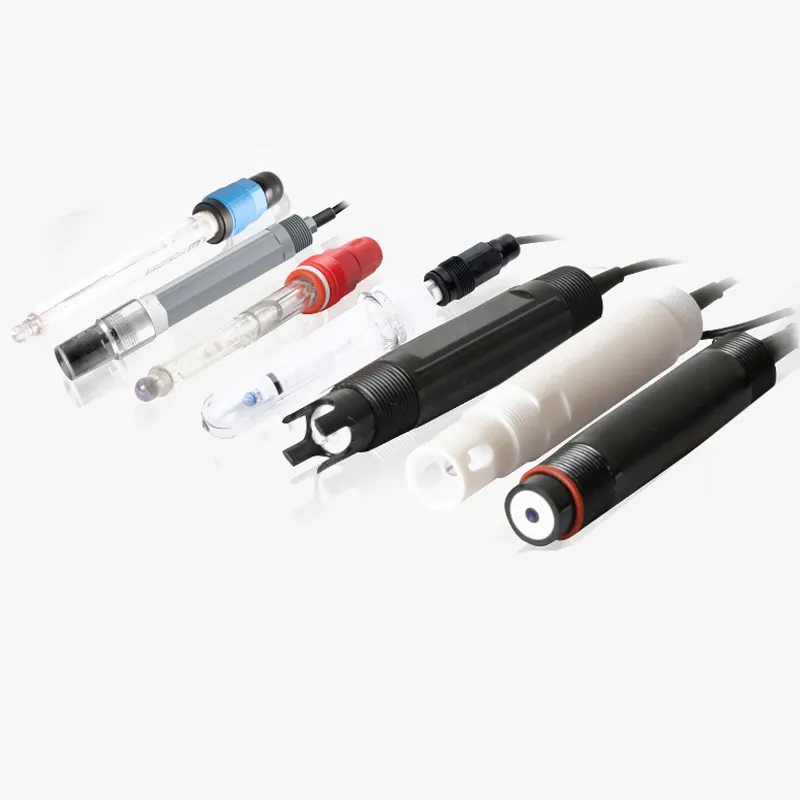
Another important aspect of potentiometric pH sensors is their response time. These sensors typically have a fast response time, allowing for real-time monitoring of pH changes in a solution. This is particularly important in applications where rapid changes in pH can have a significant impact on the process or product being monitored.
Potentiometric pH sensors are also known for their durability and reliability. These sensors are designed to withstand harsh environments and can operate in a wide range of temperatures and pressures. This makes them suitable for use in challenging industrial settings where other types of pH sensors may not be able to perform reliably.
In conclusion, potentiometric pH sensors are an essential tool for measuring pH in a wide range of applications. Their high accuracy, stability, wide measurement range, fast response time, and durability make them a popular choice for industries and research fields where precise pH measurements are required. Understanding the basics of potentiometric pH sensors is crucial for ensuring accurate and reliable pH measurements in various applications.

